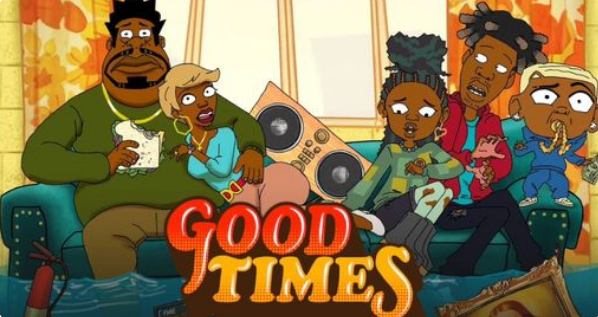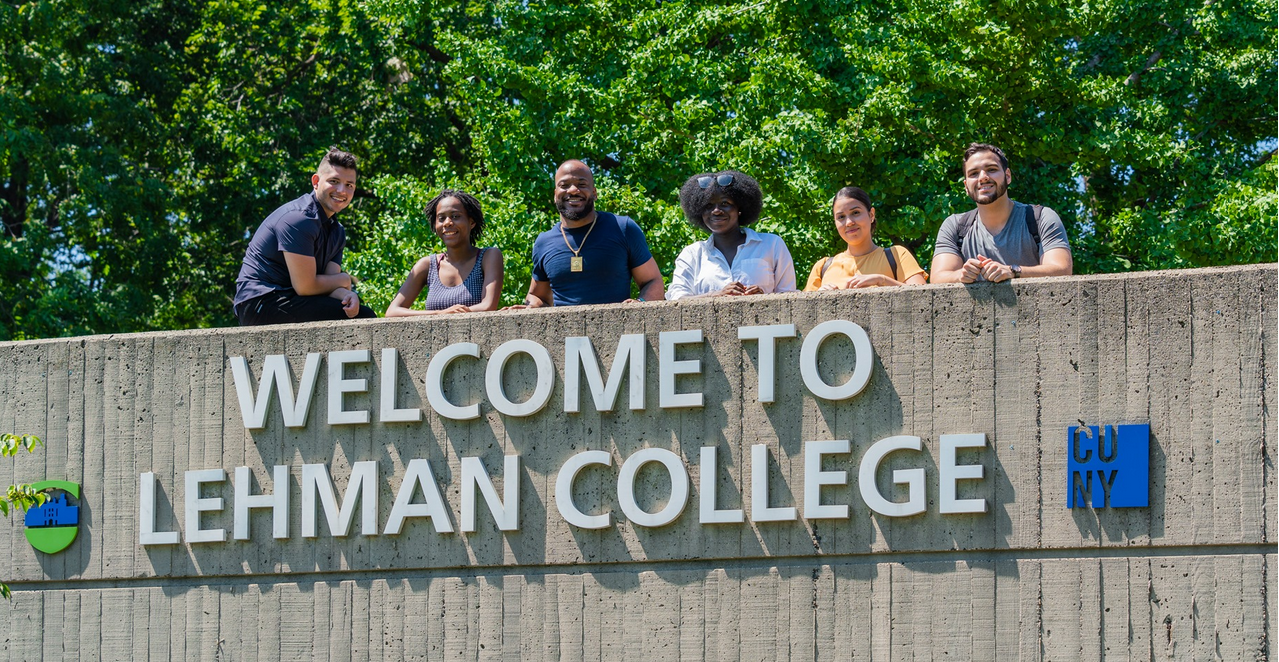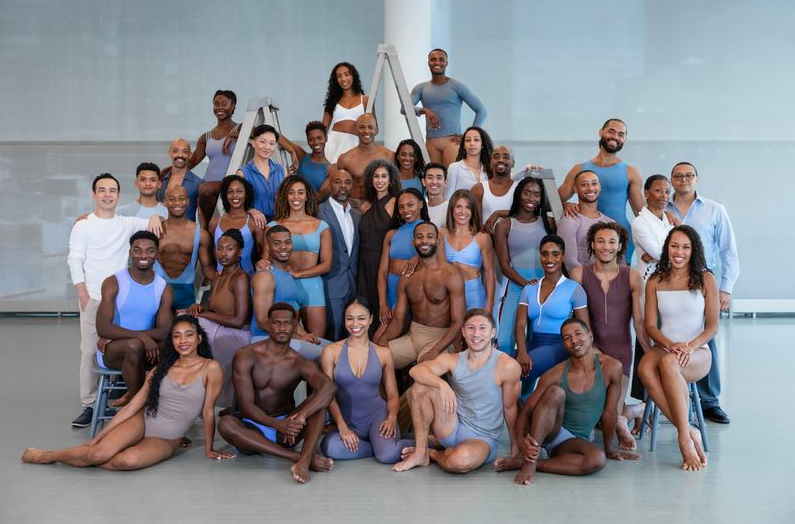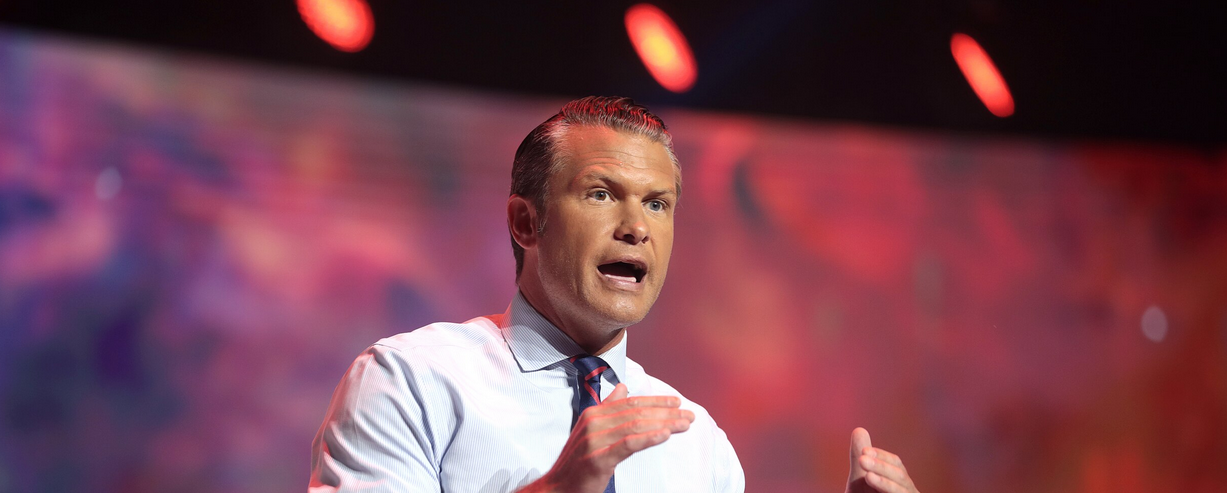Troy Bansey; father of defendant Zaire Bansey. Photo: The Black Star News
[Column: Righting Wrongs]
Part-One of a series.
I’ve been covering a double-murder trial in the Bronx for the past three weeks that just ended Monday and I’m concerned that two young men, one Black and the other of mixed descent, could be railroaded because the Bronx County District Attorney’s office is determined to secure convictions–even of, possibly, innocent defendants.
Both the defense team and the prosecution made their closing arguments Monday.
The prosecution’s case is based on weak circumstantial evidence and a very unconvincing main witness. There was indeed a double-murder in 2014. The victims’ families deserve justice for their loved ones. Yet, as one of the defense lawyers Peter St. George Davis observed during closing arguments “there was not an investigation in this particular case” because the lead detective Sergio Lovera wanted to “close out the case” and conducted it as if he was producing a “block buster” film instead of pursuing all leads.
This became increasingly evident based on the testimony from the prosecution’s witnesses over the past three weeks. There is a strong possibility that the gunman, or gunmen, behind the double-murder could be out there somewhere.
The best indicator of reasonable doubt came at the end of the trial when the prosecution called a rebuttal witness, Jacqueline Gonzalez, mother of one of the victims, Armani Gonzalez, shot to death after leaving a nightclub, Xtreme Lounge, nearly three years ago. Ms. Gonzalez was then cross-examined by the defense lawyers.
“Now it’s fair to say that Armani Gonzalez, he was your only son?” Davis, a defense attorney for one of the defendants asked, during cross-examination.
“Yes,” the mother responded. Her love for the son who was wrongfully-taken away from her could be felt by everyone in the courtroom by the tone of her voice.
“And it’s fair to say that you would like to see the two young men that are on trial here convicted of a crime?” Davis asked.
“I want justice,” Ms. Gonzalez declared, firmly, without raising her voice.
“Well, it’s fair to say that in your mind justice would be these two men being convicted of this particular crime,” Davis said.
Then came the atypical response from a mother grieving the loss of her son. She was seated on the witness stand and able to view the two men on trial for the killing of her son Armani.
“If they did it,” Ms. Gonzalez said.
Her response –expressing a desire for closure, yet honest uncertainty as well– is consistent with the evidence offered by the prosecution in this case. It’s clear the grieving mother wants convictions; but she also wants the right people to be punished.
The case stems from the shooting death of Ms. Gonzalez’s son, who was 21, and Dennis Rodriguez, who was 24, outside a Bronx nightclub, Xtreme Lounge, then located on 2510 Valentine Avenue.
The shooting occurred in the early morning hours, after 3:40 a.m., on October 5, 2014. A third man was also reportedly wounded by a gunshot while several others were slashed. The crime occurred during a melee, which was said to have involved as many as 50 people or more, as patrons exited the club. Based on the number of people affected, it’s clear there are other individuals that have not yet been brought to book.
No gun was ever recovered and no one –not any witness involved in this trial anyway– has actually stated that he or she saw either of the defendants firing a gun. The lead detective on the case Lovera –more about him in the next column– said he recovered six empty cartridges at one location and two fragments from damaged bullets at another spot. None of the fragments could be linked, by DNA or blood, as having been from bullets that struck any of the victims.
The prosecution’s star witness, who was a driver for Fordham University named Lamont Gholson, was also one of the most unconvincing person to take the stand. He too could not state that he actually saw a gun in the hands of either of the defendants. He testified in court that he saw two men emerge from a white car and that one of them stretched out his arm and then he heard gunshots.
When pressed about a weapon during cross-examination, Gholson stretched out his hand and extended his index and middle finger to demonstrate what he testified that he saw one of the men doing; this prompted Davis, the defense lawyer, to ask him whether anyone could be shot with fingers.
Gholson also claimed the man he saw stretching out his arm had his back turned to him; Davis turned his own back towards Gholson who was on the witness stand, stretched out his own arm, and asked if Gholson could see his hand. Gholson also couldn’t identify the two defendants later from two separate lineups.
There are numerous other discrepancies in Gholson’s multiple statements, as I will show in subsequent columns.
For example, in his first statement about the incident –he provided this to his supervisor Joseph Downing at Fordham– he said he’d seen three men, not two, emerging from a car. He did not say it was a white car in that statement. He also made no mention that any of the them had extended out his arm. At no point, including when he took the witness stand, did he say he saw a gun. Additional information in the supervisor’s written statement, based on his interview with Gholson on October 5, 2014, on the same morning of the incident, also undermines the driver’s credibility while helping the defense, as we’ll see in the next column.
The defendants, Zaire Bansey, who is African American, was 19 at the time; Peter Hajdari, his co-defendant who is of mixed Albanian-and-Latino descent, was 18. Bansey and Hajdari were also actually friends of the victims. Although they didn’t go together with the victims to Xtreme Lounge, they socialized together that evening in the club. They even posed for photographs that were later posted on Instagram. After the shooting, Bansey returned to Xtreme Lounge and even traveled in the same ambulance that took his dying friend, Dennis Rodriguez, to the hospital. During closing arguments Monday, the attorney Davis asked jurors what kind of killer would return to the scene of his crime.
Bansey and Hajdari were both charged with double murder, manslaughter and weapons possession, in connection with the incident. Assault charges were later dropped; more on this in a later column. The prosecution wasn’t able to establish a motive for the crime beyond implying that the men may have been trying to shoot someone else if not the victims who died.
Neville Mitchell is Davis’s co-counsel for Bansey; Hajdari’s defense attorney is Dawn Florio.
The prosecution is lead by Assistant District Attorneys John Miras and Karl Miller. The case is being tried before Judge Jeanette Rodriguez-Morick in Bronx Criminal Court.
In this, the first of a series of columns on this case and trial, I will lay out the main arguments by the prosecution; and the rebuttal presented by the defense team. I will flesh out the details in subsequent columns, regardless of whether there is a verdict soon. The jury is expected to begin deliberations Tuesday after being instructed by Judge Rodriguez-Morick.
Here’s the summary of the prosecution’s case.
Bansey and Hajdari went to Xtreme Lounge, accompanied by two young lady friends, Naya Santiago, then 17, and Xena Linrosa, then 18. Santiago testified that she drank about a bottle of champagne, as did Linrosa; the two are close friends. After the four exited the club there were already several fights ongoing outside. The four however had not been involved in any dispute, with any party, while inside the club or when they emerged.
The four drove off after exiting the club, but, Zaire Bansey, according to testimony from both Santiago and Linrosa and another person whose testimony I will discuss in the next column –both girls were taken from home weeks later to a police precinct by detective Lovera and two others and interrogated by detectives over several hours and later by an Assistant District Attorney without the presence of a lawyer or their parents– decided to pull up the white car he was driving because he had seen one of his friends, who had also been inside the club, being beaten up in one of the fights ongoing outside the club.
Bansey drove away from Valentine, along Fordham towards Grand Concourse, and turned right, pulled up and exited, followed by Hajdari. The two ran a few yards towards Valentine Avenue –no more than 10 yards– and stopped in front of a store called “Pretty Girl.” The prosecution contends that when the two boys reached in front of “Pretty Girl” one of them fired a weapon towards where one of the fights was occurring. (Even though the prosecution’s own main witness never saw a gun or the flash of a muzzle; the evidence making any linkage to the supposed gun not seen even by Gholson, is the six empty cartridges detective Lovera says he found near “Pretty Girl” plus Gholson’s testimony that one of the individuals extended his arm out)
The two boys then ran back to their car and drove off, according to the prosecution. The witness who testified to this sequence of events, from when the white car pulled up, until the moment the boys drove off, is Gholson. (On the stand Gholson said Naya Santiago who had run out of the car and gone to the driver’s side when the two individuals ran towards “Pretty Girl” was the driver when the car left; Santiago didn’t know how to drive at the time). Gholson’s own vehicle was parked across on the other side of the Grand Concourse and Fordham Road in front of the East 181 Street train station. He was employed as a shuttle van driver ferrying students at night between campus and the station.
Part of the sequence of events –from when the white car pulled up, to when it drove off– was also captured by a surveillance camera and the video has been played numerous times during the trial. After being shown that video weeks later by the lead detective on the case, Lovera, Gholson’s testimony changed from the statement he provided his supervisor on the morning of the incident.
In addition to Gholson’s shifting testimony, more of which I will discuss in the next column, the prosecution also has the burden of convincing the jury that it’s actually possible for someone to stand near the corner of Grand Concourse and Fordham Road in front of “Pretty Girl” and shoot people in front of the Xtreme Lounge on Valentine Avenue.
Recently, I visited the scene of the 2014 incident a few times. The distance is about 100 feet from the spot where Gholson testified that he saw two men stop in front of “Pretty Girl,” to the intersection of Fordham Road and Valentine Avenue. Once at the intersection, coming from the direction of the Grand Concourse, one would have to turn left and walk for about another 102 feet before reaching where Xtreme Lounge was located.
Fordham road is lined with buildings and there is no unobstructed path for a bullet coming from a gun fired by someone standing in front of “Pretty Girl” to the Xtreme Lounge; unless, there are bullets that can bend around corners, defense lawyer Davis, wryly observed during one of his cross-examinations. Davis also got the doctor who performed the autopsy to concede, during another cross-examination, that it couldn’t be ruled out that the weapon could have been fired from a roof-top, based on the trajectory of the bullet which killed Rodriguez. That bullet went through the victim’s right arm and sliced through his torso in a downward diagonal path before exiting.
In his closing argument Assistant District Attorney Miras said the autopsy reports stating that the Rodriguez and Gonzalez were found in front of Xtreme Lounge, were erroneous and that the bodies were actually found closer towards Fordham Road and Valentine Avenue and that bullets could have ricocheted.
Part-Two of this series will provide more in-depth detail about the case and examine the testimony of more witnessess
For news tips [email protected]






